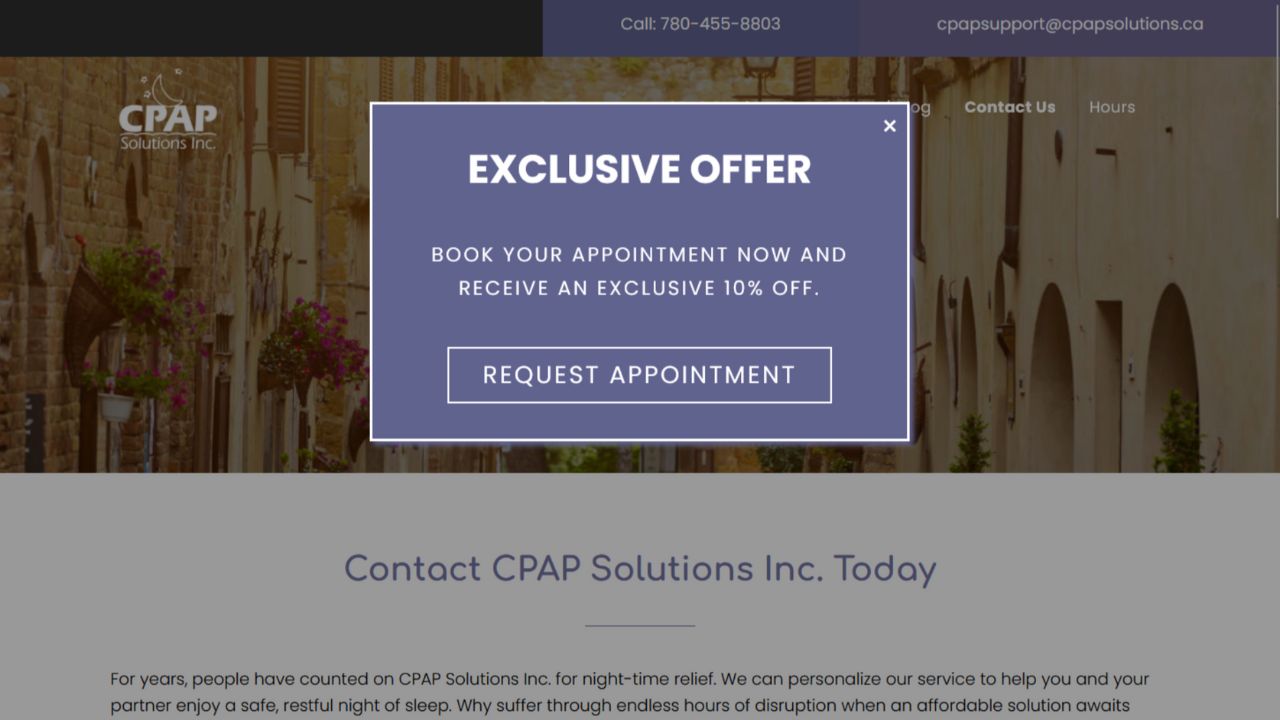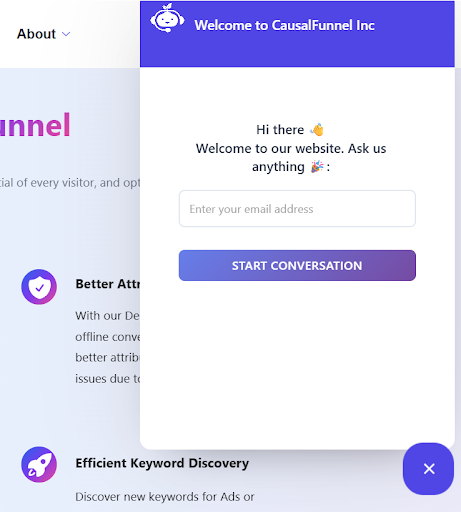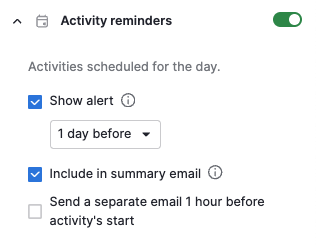The HVAC industry is highly competitive, making effective lead generation crucial for business growth and success.
In 2025, HVAC Lead Generation Tools have become more than essential for companies looking to streamline their sales processes, capture more qualified leads, and ultimately scale their operations.
When used with proven marketing strategies, these tools can help HVAC businesses reach potential customers more efficiently.

Effective lead generation strategies can help HVAC companies reach potential customers, increase sales, and establish a strong market presence.
In today’s digital landscape, businesses that leverage the right tools and technologies gain a significant competitive advantage over those relying solely on traditional marketing methods.
One of the most powerful ways to generate more HVAC leads is to show up on Google when potential customers search for your services. This visibility, combined with sophisticated lead management tools, creates a comprehensive approach to customer acquisition that drives sustainable business growth.
HVAC CRM tools easily serve as the backbone of successful lead generation campaigns. These systems help HVAC businesses manage customer relationships, track lead progress, and automate various aspects of the sales process.
A well-implemented CRM system can significantly improve conversion rates by ensuring no lead falls through the cracks and providing valuable insights into customer behavior patterns.
Modern HVAC CRM software integrates seamlessly with various lead generation channels, creating a unified system that captures, nurtures, and converts leads more effectively. This integration allows businesses to maintain consistent communication with prospects while providing personalized experiences that increase the likelihood of conversion.
The CausalFunnel Platform is one of the best HVAC lead generation software available on the market. Its tasks don’t stop at lead generation and offer a lot more.

CausalFunnel helps you create personalized visitor incentives (or nudges or offers) based on various user segments, ensuring powerful targeting for more conversions.
To maximize conversions, you can also opt for a customizable AI-powered chatbot that also works as a lead generation tool by collecting basic details like name, phone number, and company.

ServiceTitan stands out as a comprehensive field service management platform designed specifically for HVAC businesses. This all-in-one solution combines customer relationship management, scheduling, dispatching, and lead tracking capabilities in a single platform.
Key features include:
ServiceTitan’s HVAC sales automation capabilities help businesses streamline their entire sales funnel, from initial lead capture to final conversion. The platform’s robust reporting features provide valuable insights into lead sources, conversion rates, and revenue attribution.
HubSpot offers a powerful free CRM solution that’s particularly effective for small to medium-sized HVAC businesses.
The platform provides excellent lead tracking capabilities and integrates well with various marketing tools and channels.
Notable features include:
The platform’s HVAC lead tracking tools enable businesses to monitor lead progression through the sales pipeline, ensuring timely follow-ups and improved conversion rates. HubSpot’s user-friendly interface makes it easy for HVAC teams to adopt and utilize effectively.
Jobber focuses specifically on home service businesses, making it an excellent choice for HVAC companies. The platform combines job scheduling, customer management, and lead generation features in an intuitive interface.
Core capabilities include:
Jobber’s HVAC lead capture software automatically organizes incoming leads and creates actionable tasks for sales teams. The platform’s mobile-first approach ensures that HVAC professionals can manage leads and customer interactions from anywhere.
Salesforce remains one of the most powerful CRM platforms available, offering extensive customization options for HVAC businesses. While it requires more setup time than other solutions, its scalability and feature set make it ideal for larger HVAC companies.
Key strengths include:

Image credits: Salesforce
The platform’s robust HVAC appointment scheduling tools can be customized to match specific business requirements, ensuring efficient resource allocation and improved customer satisfaction.
CallRail specializes in call tracking and analytics, making it an essential tool for HVAC businesses that rely heavily on phone leads. The platform provides detailed insights into which marketing campaigns generate the most valuable calls.
Primary features include:
CallRail’s HVAC call tracking capabilities help businesses understand which marketing efforts drive the most qualified leads, enabling more effective budget allocation and campaign optimization.
Zoho CRM offers an affordable yet feature-rich solution for HVAC businesses looking to improve their lead generation and management processes. The platform provides excellent value for money while maintaining professional-grade functionality.
Notable features include:
Zoho’s comprehensive approach to lead management makes it easier for HVAC businesses to maintain consistent communication with prospects throughout the sales cycle.
Pipedrive focuses on visual sales pipeline management, making it easy for HVAC sales teams to track lead progression and identify bottlenecks in the sales process. The platform’s intuitive interface requires minimal training.

Image credits: Pipedrive
Key capabilities include:
Pipedrive’s straightforward approach to HVAC Lead Generation Tools makes it particularly suitable for businesses that want powerful functionality without complex setup requirements.
Successfully implementing HVAC Lead Generation Tools requires careful planning and consideration of your specific business needs.
Start by evaluating your current lead generation processes and identifying areas where automation and improved tracking could provide the most significant benefits.
Consider factors such as:
To maximize the effectiveness of your chosen tools, implement these proven strategies:
Data Quality Management
Ensure all lead information is accurate and complete. Poor data quality can significantly impact conversion rates and campaign effectiveness.
Lead Response Time
Respond to new leads as quickly as possible. Studies show that response times under five minutes can increase conversion rates significantly.
Multi-Channel Integration
Use tools that can capture leads from various sources including social media, search engines, referrals, and traditional advertising channels.
Automated Follow-Up Sequences
Implement automated email and SMS sequences to maintain consistent communication with prospects who aren’t ready to convert immediately.
Performance Monitoring
Regularly review analytics and reports to identify successful strategies and areas for improvement.
Effective measurement is crucial for optimizing your HVAC Lead Generation Tools investment.
Key metrics to track include:
These metrics provide valuable insights into which tools and strategies deliver the best return on investment, enabling data-driven decisions about future marketing and sales investments.
Selecting the right HVAC Lead Generation Tools is crucial for scaling your business effectively in today’s competitive marketplace.
The eight tools outlined above offer different strengths and capabilities, making it important to evaluate each option based on your specific business requirements and growth objectives.
Successful lead generation goes beyond just implementing tools: it requires a comprehensive strategy that combines technology with proven sales and marketing practices.
By naturally integrating effective solutions into your existing processes and maintaining focus on customer value, you can build a sustainable lead generation system that drives long-term business growth.
Empowering businesses to optimize their conversion funnels with AI-driven insights and automation. Turn traffic into sales with our advanced attribution platform.



